2024 Chevrolet Blazer EV SS Teases Electric Performance SUV

This will be the first Chevrolet SS model powered purely by electricity.
Chevrolet on Wednesday continued the gradual reveal of its expanded EV lineup, with the first tease of a high-performance Blazer EV SS. Back in January, the Bow Tie brand confirmed that electrified versions of the Equinox and Blazer were coming. While it showed designs of the former, there were none for the mid-sized Blazer. Now we have a better idea of what that will entail—if only just.
Chevrolet released a shadowy 20-second video of the Blazer EV SS (BEVSS?), showing the SUV’s charge port, located just behind the driver-side front wheel. After that, the video moves to a large twin-six-spoke wheel spinning. And that’s it.
SEE ALSO: 2023 Chevrolet Blazer Features Tweaked Styling, Better TechWhat else can we glean from the video? The wheelarch has subtly different proportions to the ICE-powered Blazer, which sees its own facelift for 2023. We expect the EV to differ in a few different ways, including proportions and general styling, on account of it sitting atop GM’s dedicated all-electric Ultium platform. If it follows in the footsteps of the facelifted gas model, not to mention the Equinox EV, it should be a very attractive package.
In the similarly short press release, Chevrolet confirmed that the Blazer EV will debut in full before the end of the year, with the SS going on sale in the spring of 2023. Expect more information over the coming months.

Kyle began his automotive obsession before he even started school, courtesy of a remote control Porsche and various LEGO sets. He later studied advertising and graphic design at Humber College, which led him to writing about cars (both real and digital). He is now a proud member of the Automobile Journalists Association of Canada (AJAC), where he was the Journalist of the Year runner-up for 2021.
More by Kyle Patrick

















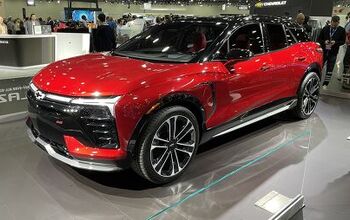


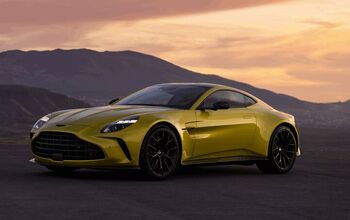


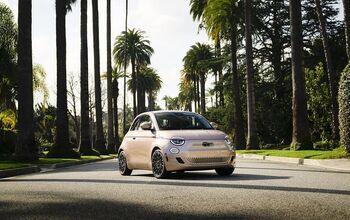
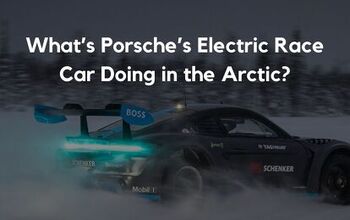
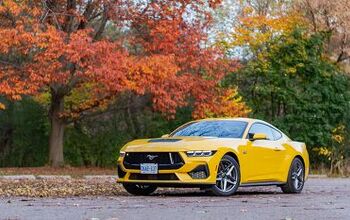
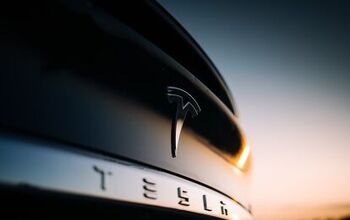
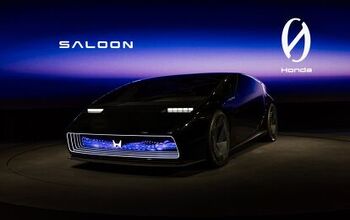
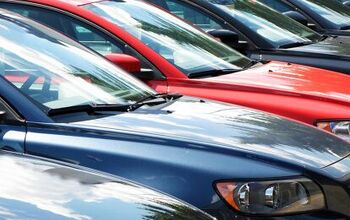
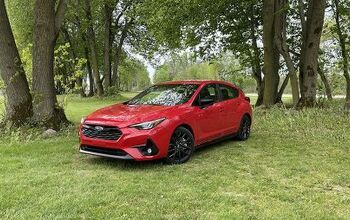

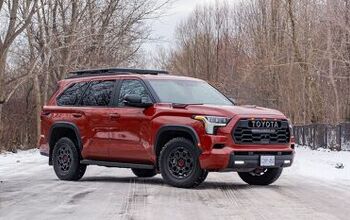
Comments
Join the conversation